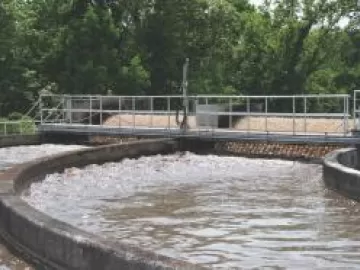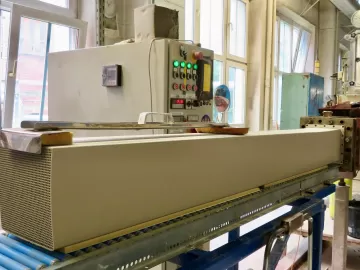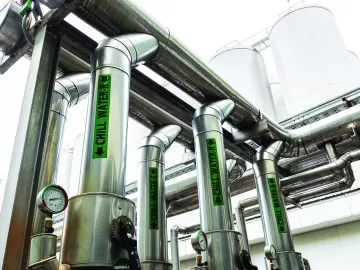Technology

Word is beginning to filter out about the 2022 changes to the ASHRAE 90.1 energy efficiency standard, and the changes it promises to bring to how compressed air systems are specified, commissioned and maintained. More specifically, the industry is learning about section 10.4.6 of 90.1, which is the first time the standard has included a section on compressed air.
[ Read Full Story ]
Oil-Free Technology From Anest Iwata
[ Read Full Story ]
Aeration Energy Offers Opportunities to Save
[ Read Full Story ]
O₂ Automation: The Future of Bubble Mixing?
[ Read Full Story ]
Adaptive Control for Low Pressure Wastewater Treatment Air Systems
[ Read Full Story ]
Value in Valves – Why a Compressed Air Control System is Worth a Look
[ Read Full Story ]
Black & Veatch Provides Guidance to WWTP Design
[ Read Full Story ]
A Compressed Air Management System for Five Compressors
[ Read Full Story ]
Optimizing the Supply Side with Intelligent Controls
[ Read Full Story ]
Peerless Energy Helps Molex Save Energy
[ Read Full Story ]











